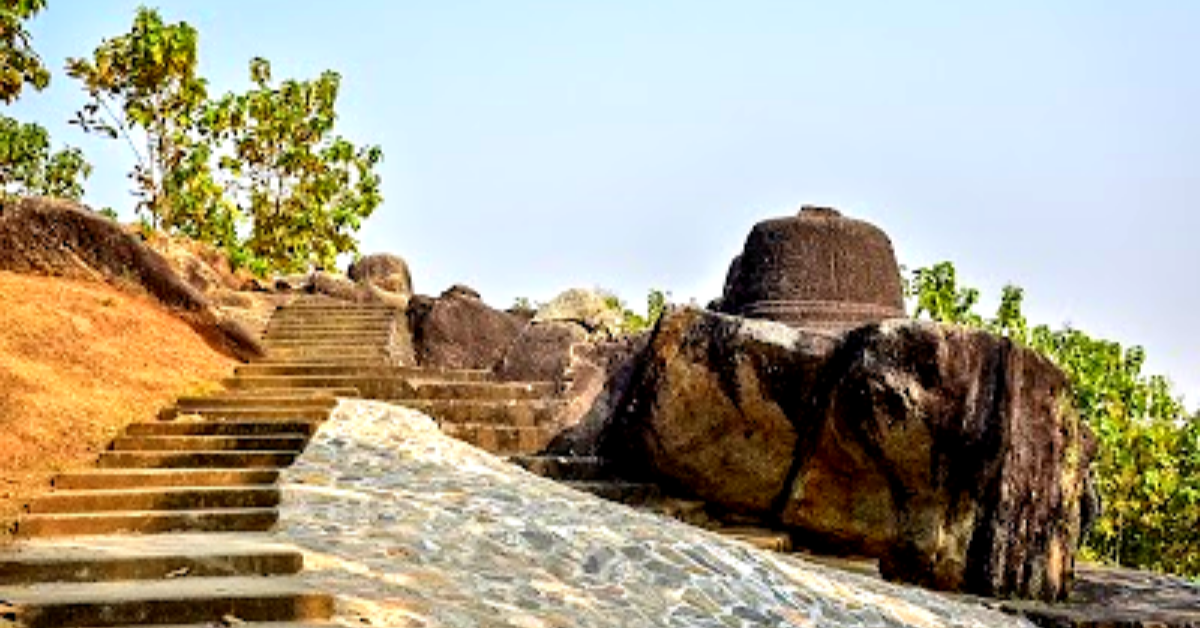A long time ago, there were two types of people; the ones who worshipped the Sun and the ones who worshipped the Moon. The Sun worshippers were called the Suryavanshi and the Moon worshippers were called the Chandravanshi. Today, in this blog, we will explore the magnificence of the pantheons of Surya Pahar, a relatively unknown archaeological site in Assam, India, and a significant place for the sun worshippers of India. We will explore why this site is important, what makes it significant and why must you visit this location.
What is Surya Pahar?
The word ‘Surya’ means the Sun and ‘Pahar’ means a hill. So, the Surya Pahar literally translates to Sun Hill. The name itself gives us an indication that this whole site was dedicated to the worship of the Sun God. Who were those worshippers, and how did they carry out the worship rituals remain unknown.
In its essence, Surya Pahar is a vast hilly area surrounded by lush greenery and fresh air. Once there you will see an abundance of Shiva lingas, stupas, images of various Hindu deities, and evidence of a sprawling ancient civilization.
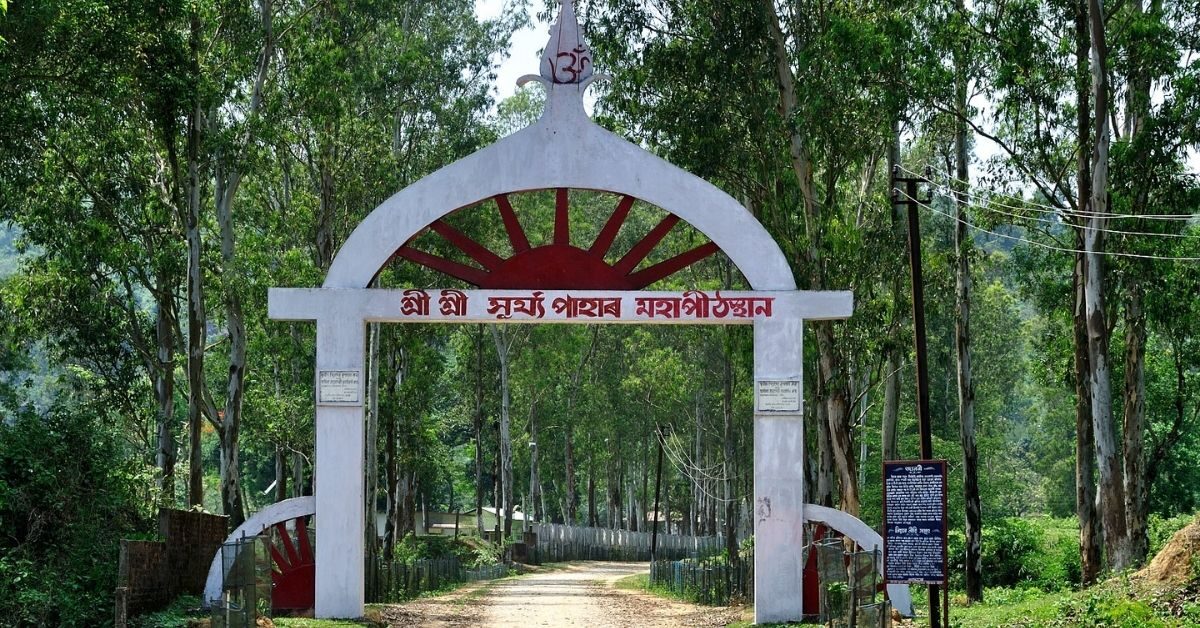
Despite the fact that the Architectural Survey of India is diligently maintaining this site, few people are aware of it.
Suggested Read: Understanding The Hidden Secrets Of Arvalem Caves in Goa
Why Should I Care About Some Long Forgotten Place?
If you’re reading this now, that means somewhere or the other, you do care. I am just going to give you a solid reason to care more about the deities of Surya Pahar and why you should visit it.
There are a total of 99,999 Shiva lingams scattered all over the Surya Pahar area. The exact count. The shape of the Shiva lingams ranges from big rocks to gigantic boulders. According to legend, Vyasdeva, a great sage, and guru installed these Shiva lingams in order for it to become the second Kashi (the first being Varanasi with 1,00,000 Shiva lingams).
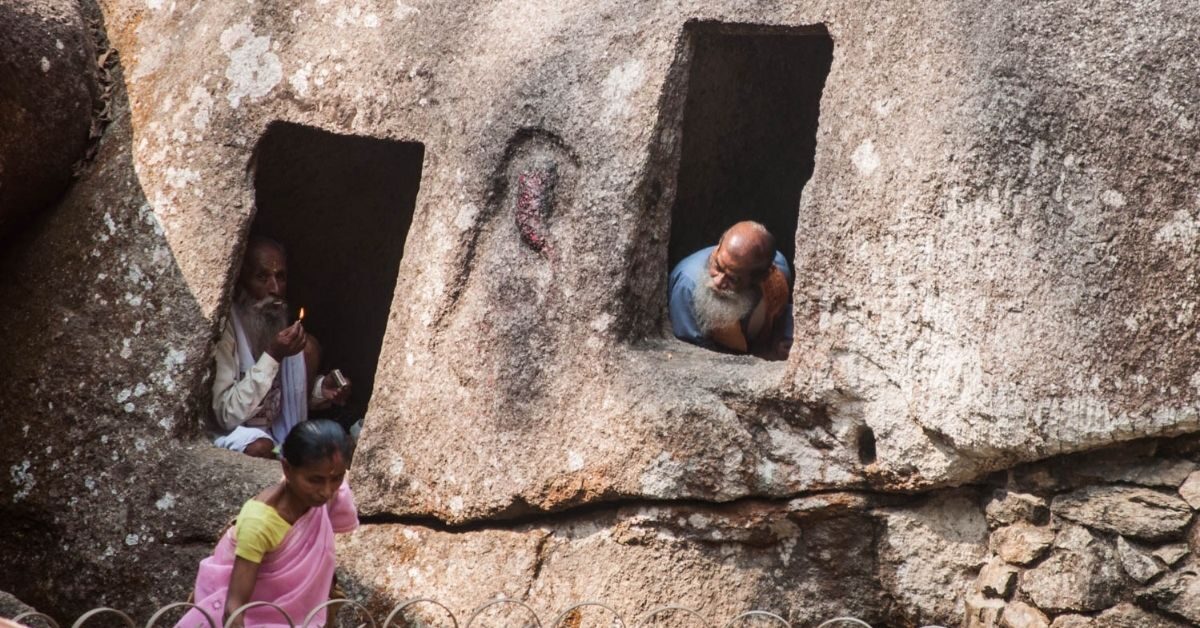
This site was active in trading activities before the 12th Century and so it is possible that over time, this place became the merging point of different cultures, traditions, and religious beliefs. I say this because, on the Surya Pahar, you will find evidence of Shaivism, Vaishnavism, Jainism, and Buddhism. A vibrant and swirling pot of pantheons and their religions and rituals.
FACT: many people who have seen these shiva lingas tell its striking similarity to Buddhist Stupas. It could be that the lingams could have been stupas and then converted to lingams? Nobody knows!
Read Also: Top 5 Bizarre Temples in India
What’s more?
The ASI has also constructed a museum at the site that houses all the utensils, arts and crafts, tiles, and geometrical motifs that were found during excavations. During the official excavation of 1993-94 by the ASI, they found depictions of apsaras (celestial nymphs), ‘mythical’ animals, plaques of human figures, and much more.
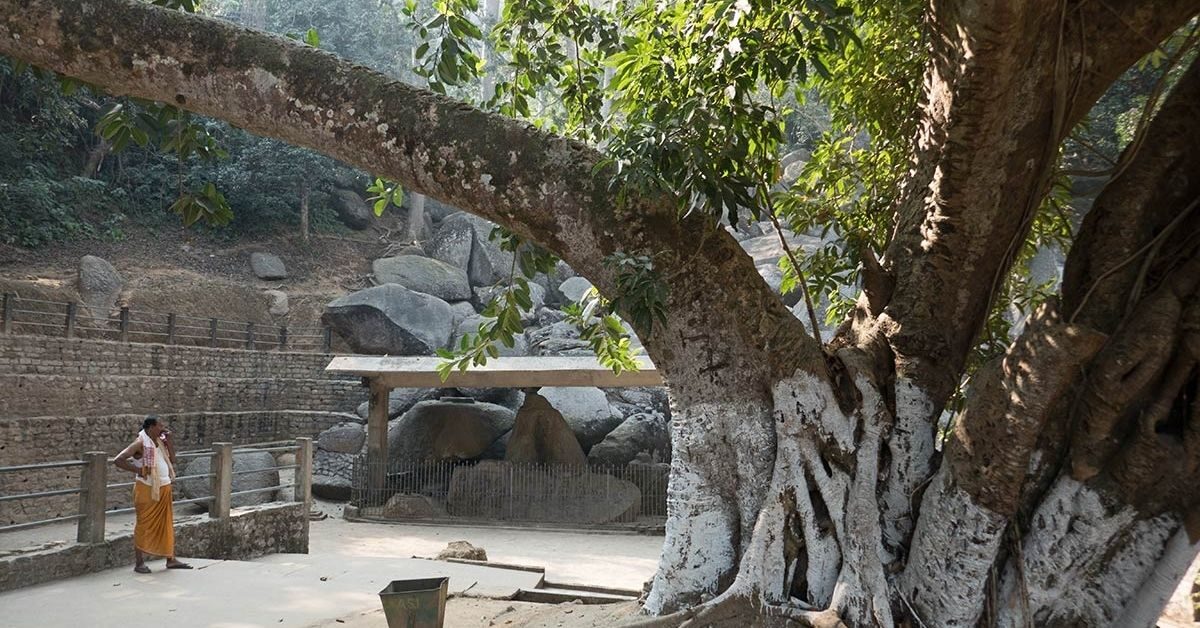
Recently, I have come across a lot of similar sites which had marks of more than one religion in them, mainly Buddhism and Hinduism with the former usually predating the latter. It makes for an interesting study because one would assume that it would be the other way around.
Where is the Surya Pahar?
The deities of Surya Pahar are resting near a town called Goalpara which is approx 130 km away from Guwahati. It is one of the best places to visit in Northeast India. It is highly unlikely that you will get direct transport from Guwahati to Surya Pahar. So, you can take a bus from Guwahati to Goalpara and then hire a local rickshaw/taxi to reach Surya Pahar. Or you can book a rental car from Guwahati and then drive yourself to the location.
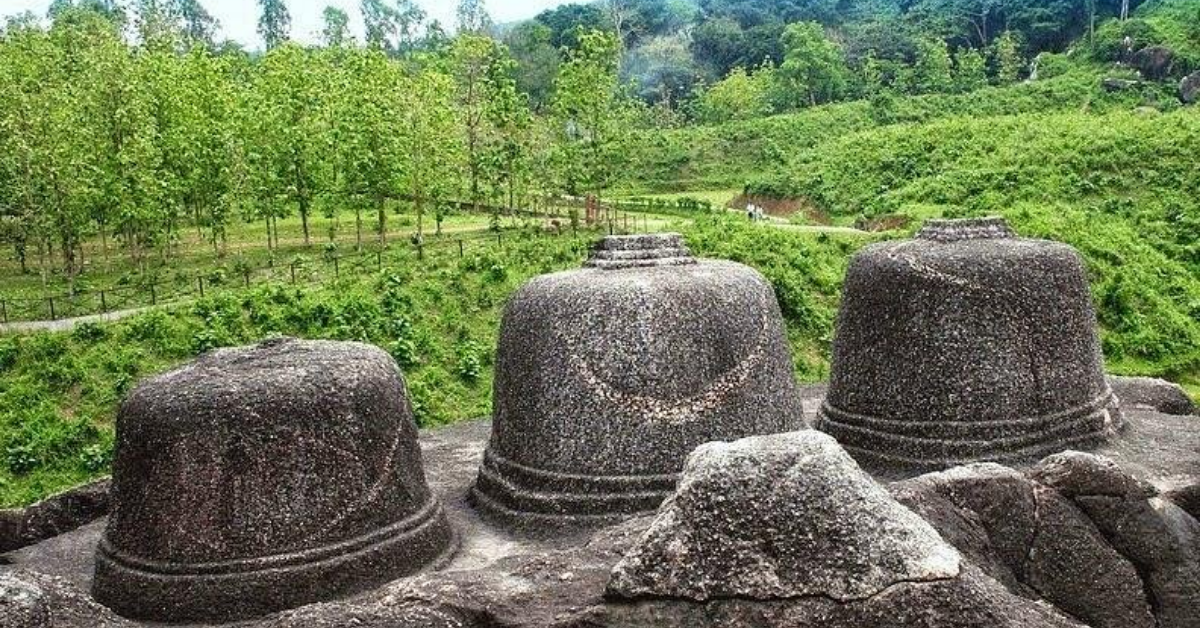
Traveling East India? How about Mapping East India Through A Food Trail?
The best time to visit Surya Pahar
The best time to visit is during the winter (November-February). It’s because of all those huge rocks, they heat up real quick over the summer and it may drive you crazy. Monsoon is a big no-no because monsoon in Assam is intense and it may drive a wrench into your travel plans.
Conclusion
So, there you go. This was a brief introduction to the enigma that is the Surya Pahar. If you plan to visit this relatively unknown archaeological site, then keep a few things in mind. Do not desecrate any of the lingam/stupas, restrain from littering the area, be courteous towards the locals and be mindful of your surroundings. Happy travels 🙂
Follow India Chalk on Instagram for more amazing travel content. You can share your travel story with us. Reach out to us on email at contact[at]ndiachalk[dot]com. This blog is curated by India Chalk and written by Aishwarya Dikshit.

